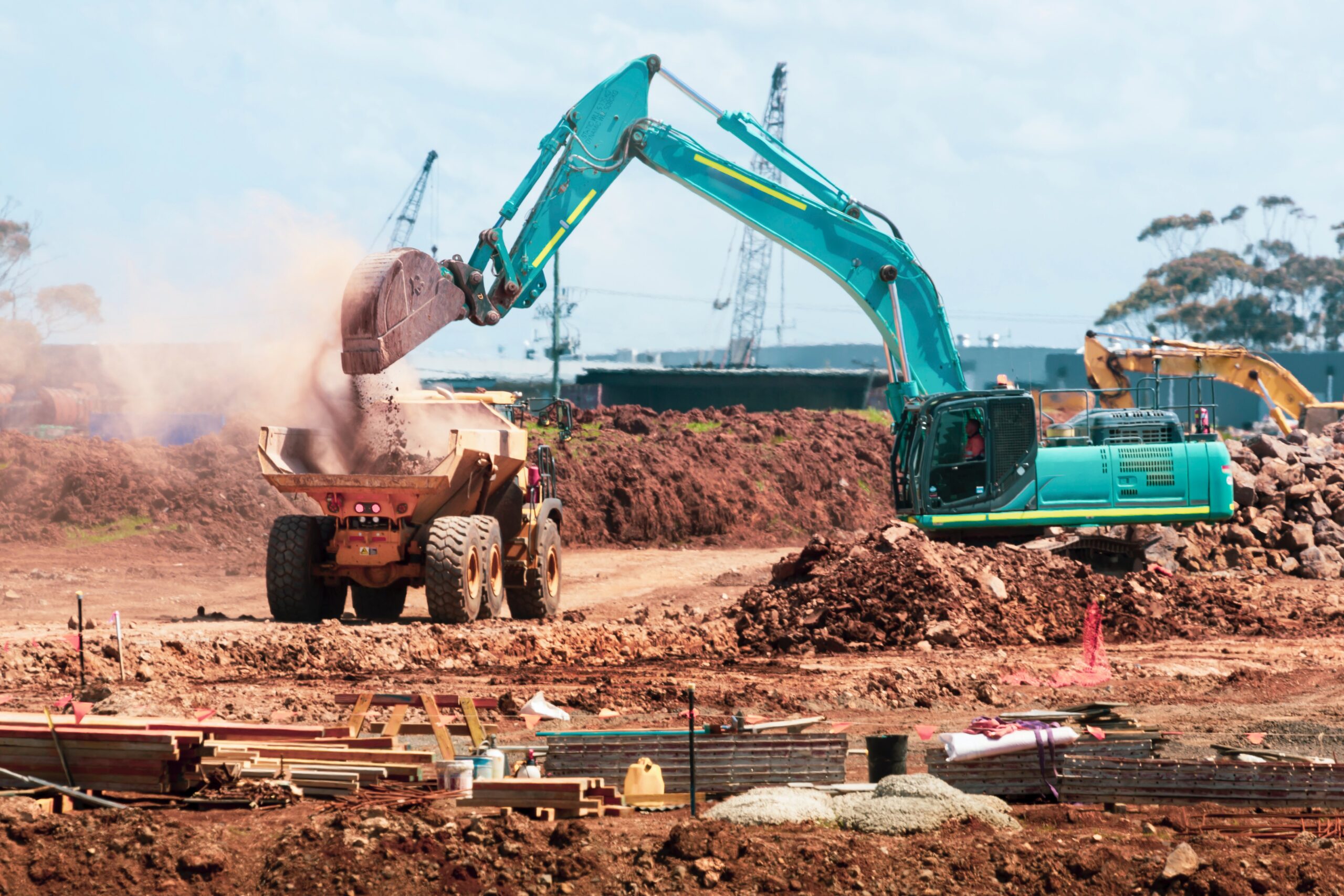 Much of the U.S. economy has improved since the late 1950s...
Much of the U.S. economy has improved since the late 1950s...
Unfortunately, that doesn't apply to infrastructure.
Our roads, bridges, airports, and railways have been crumbling for decades. They're long overdue for improvements.
Consider this... A trip across the U.S. takes longer today than it did in 1959. Back then, a flight between Los Angeles and New York took about five and a half hours. Today, that duration has increased by 30 minutes.
With so many people and not enough airports, pilots sometimes have to reroute planes to avoid traffic. And speaking of traffic, the drive to the airport takes longer than ever due to congestion on our overcrowded roads.
Trains are slower as well. In 1969, Metroliner trains ran nonstop between Washington, D.C. and New York, with a trip duration of about two and a half hours. Today, there are no nonstop trains on that route. The fastest trip between D.C. and New York takes about 20 minutes longer.
Meanwhile, infrastructure in other parts of the world has improved. In much of Asia and Europe, high-speed trains boast speeds of up to 360 mph. They can also carry twice as many passengers as they used to.
To put it plainly, our infrastructure has fallen behind. And the government has finally decided to do something about it...
An infrastructure transformation is starting in earnest. Today, we'll highlight one company that's well positioned to help build out America's infrastructure as we catch up to the rest of the world.
 Infrastructure companies are riding a trillion-dollar wave of spending...
Infrastructure companies are riding a trillion-dollar wave of spending...
It's what we refer to as the "supply-chain supercycle." And it's starting to pick up speed...
Back in November 2021, President Joe Biden designated $1.2 trillion to fixing up U.S. infrastructure with his Bipartisan Infrastructure Deal.
The bill includes funding for roads, bridges, railways, clean drinking water, green-energy initiatives, high-speed Internet, and much more. As we covered back in June, construction spending is already taking off.
On top of that, nearshoring and reshoring are bringing production (and billions of investment dollars) back to U.S. soil.
These trends are unlikely to slow down any time soon – and many sectors of the economy will profit as a result.
Engineering and construction companies, however, will likely benefit the most... as they actually design, build, and maintain our infrastructure.
 Take Texas-based Fluor (FLR), for example...
Take Texas-based Fluor (FLR), for example...
Fluor designs and builds some of the world's toughest engineering and construction projects.
It does everything from building energy infrastructure... to helping with urban development and redesigning bridges and highways. It also boasts big-name clients like the U.S. Department of Energy, oil giant Shell (SHEL), and Big Pharma company Takeda Pharmaceutical (TAK).
That makes it a prime candidate to benefit from increased infrastructure spending. Yet the market seems to undervalue Fluor's potential...
Historically, Fluor has excelled when infrastructure projects were booming. Between 2008 and 2016, the company had tons of infrastructure spending from its energy clients. Its Uniform return on assets ("ROA") hovered between 10% and just over 20% as a result.
Take a look...
Since 2016, many infrastructure projects were put on ice. The oil and gas industry in particular stopped investing because energy prices had plummeted.
Now, energy prices are on the rise and the government is helping support spending on roads and new factories.
 Still, the market isn't recognizing this opportunity...
Still, the market isn't recognizing this opportunity...
We can see this through our Embedded Expectations Analysis ("EEA") framework.
The EEA starts by looking at a company's current stock price. From there, we can calculate what the market expects from the company's future cash flows. We then compare that with our own cash-flow projections.
In short, it tells us how well a company has to perform in the future to be worth what the market is paying for it today.
At the current stock price, the market expects Fluor's Uniform ROA to stay in its range of the past several years... when spending was down.
While President Biden announced his infrastructure bill back in 2021, it has taken a bit for these projects to get off the ground. The market hasn't seen results quite yet, so it only expects Uniform ROA to stay around 8%.
In other words, investors aren't expecting Fluor to benefit at all from an increase in infrastructure spending. They're focusing on just the past few years instead of looking at the full picture...
Remember, the last time Fluor had clients lining up around the block for its services, Uniform ROA climbed as high as 21%. That's more than double what the market is currently projecting.
With customers across public infrastructure, energy, and manufacturing finally investing for the first time in years, Fluor's Uniform ROA should rocket much higher.
 The supply-chain supercycle is just getting started...
The supply-chain supercycle is just getting started...
Billions of dollars in infrastructure spending are coming for the construction and engineering sectors.
And companies like Fluor stand to benefit big time.
That's why the market's stance on Fluor looks too conservative. Even over the past several years, when infrastructure spending was slow, Fluor has managed to secure massive deals...
In 2021, for instance, the Texas Department of Transportation awarded a $640 million contract to Lone Star Constructors – a Fluor-led joint venture – to help expand one of the state's most congested highways.
The more infrastructure spending ramps up, the more projects like these will take off.
It's only a matter of time before investors recognize the big opportunity in this corner of the market.
Regards,
Joel Litman
November 1, 2023



 Much of the U.S. economy has improved since the late 1950s...
Much of the U.S. economy has improved since the late 1950s... 



